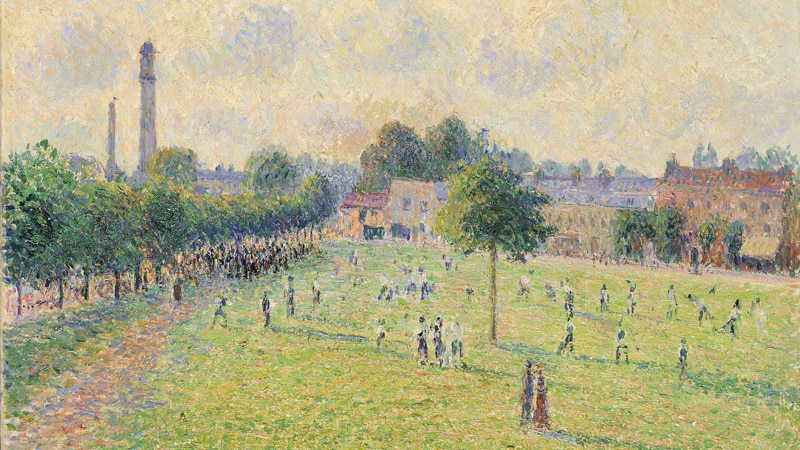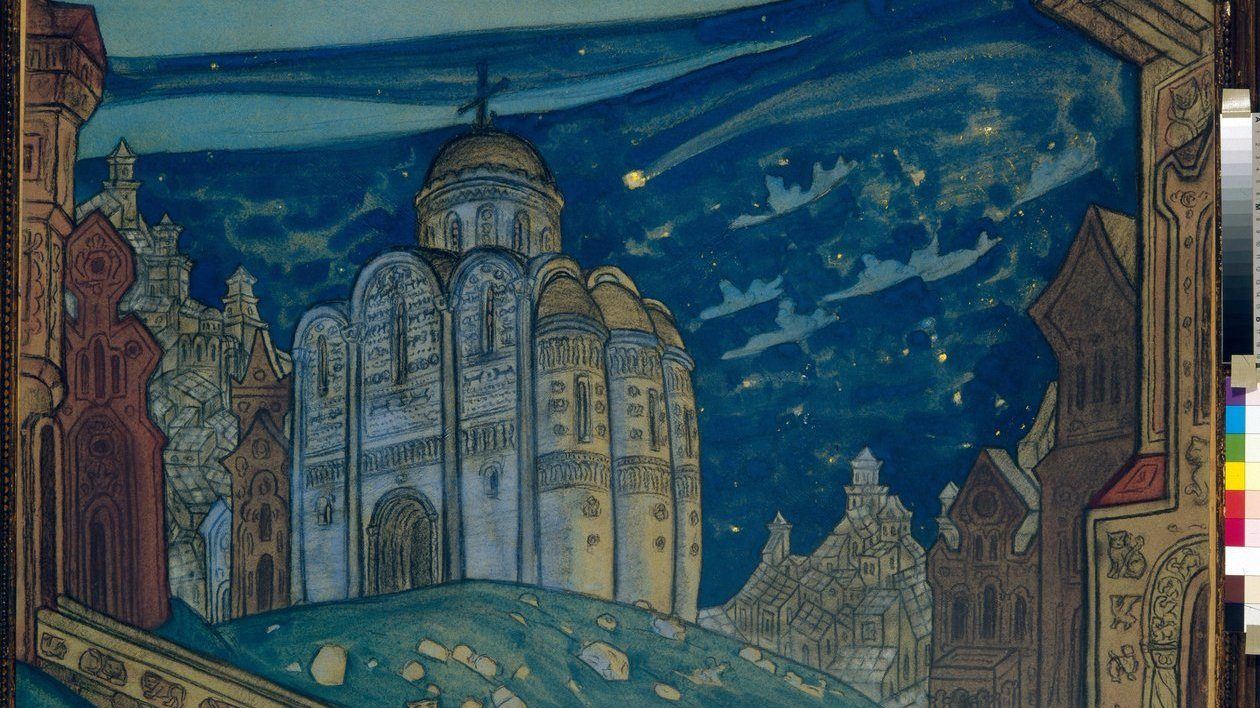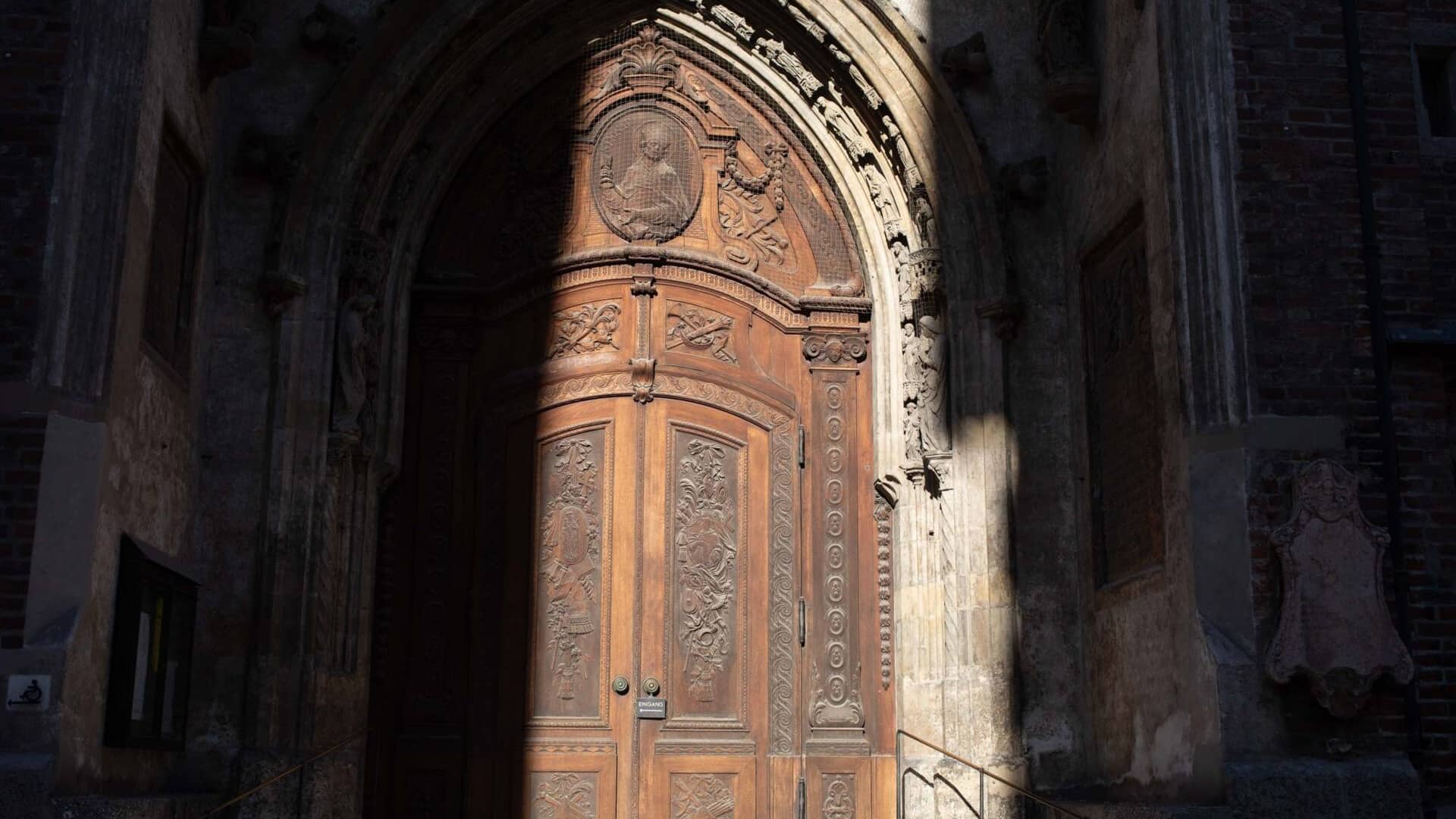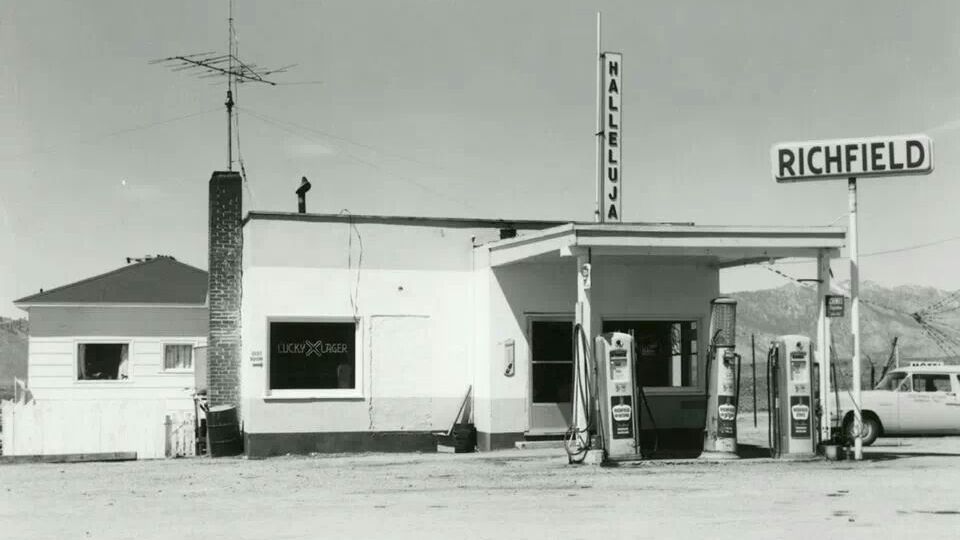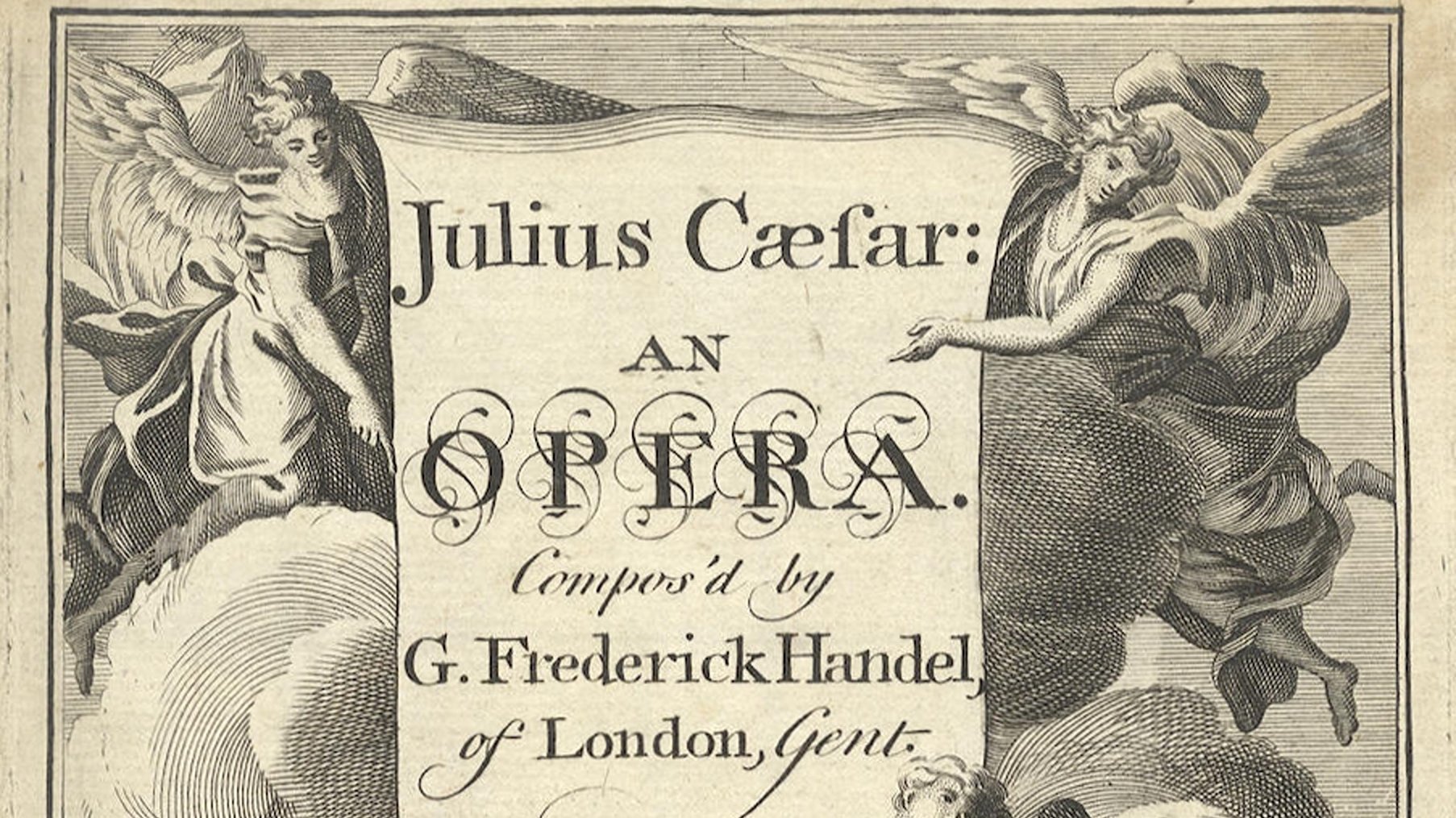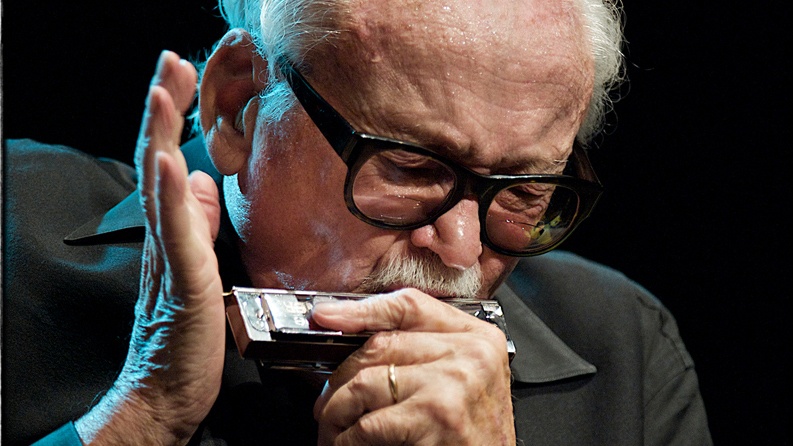George Butterworth’s “Love Blows As the Wind Blows”: Three Idyllic Songs
English composer George Butterworth (1885-1916) left behind only a handful of brief musical treasures, among the most famous being The Banks of Green Willow and A Shropshire Lad. Emerging from the pastoral landscape with a sense of quiet nostalgia and dreamy impressionistic color, these magical, fleeting works make us long for what might have been. At the outbreak of the First World War, Butterworth enthusiastically enlisted, and quickly rose to the rank of …

